Golden-Bellied Capuchin
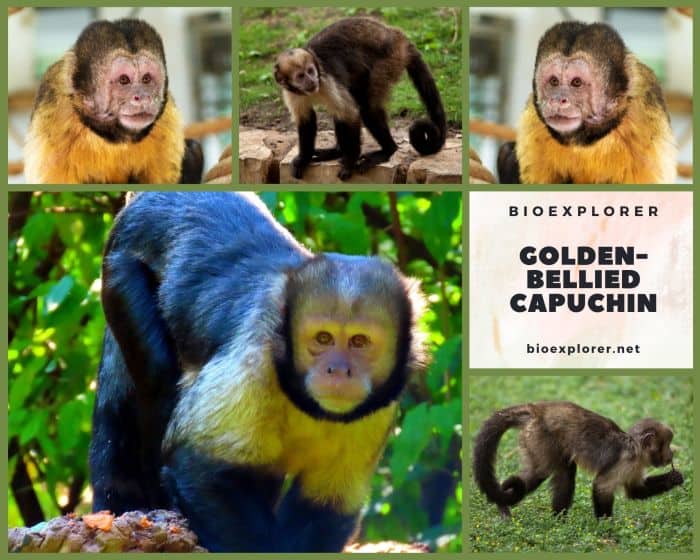
| Kingdom | Order | Family | Genus | Species |
|---|---|---|---|---|
| Animalia | Primates | Cebidae | Sapajus | Sapajus xanthosternos |
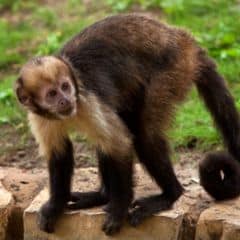

- Common Name: Golden-bellied Capuchin
- Taxonomy Classification Year: 1826
- Monkey Size: 35 to 48.8 cm (13.78 to 19.21 in)
- Skin Color(s): Light or dark brown
- Habitat: Forest, rainforest
- Diet: Omnivorous
- Native Countries: Brazil
Golden-bellied Capuchin Distribution
Golden-Bellied Capuchin Characteristics
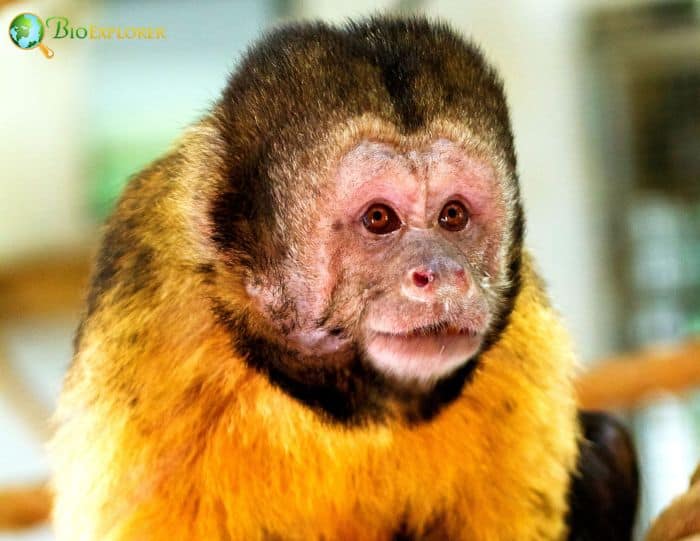
The golden-bellied capuchin[1] (Sapajus xanthosternos), also called the buff-headed or yellow-breasted capuchin is a New World monkey species.
- Golden-bellied capuchins are a species of tufted capuchin. The “tuft” refers to the strands of dark hairs found along the crown of adult heads.
- Two tuft formed can look like horns; juveniles do not have these tufts. Their bodies are draped in light brown or dark brown fur.
- The fur is golden yellow along the shoulders and belly. The chest is the same golden yellow or golden red.
- Golden-bellied capuchins have small bodies, and their faces are light in color.
- The sides of their faces, hands, feet, and tail end are black.
What Do Golden-bellied Capuchins Eat?
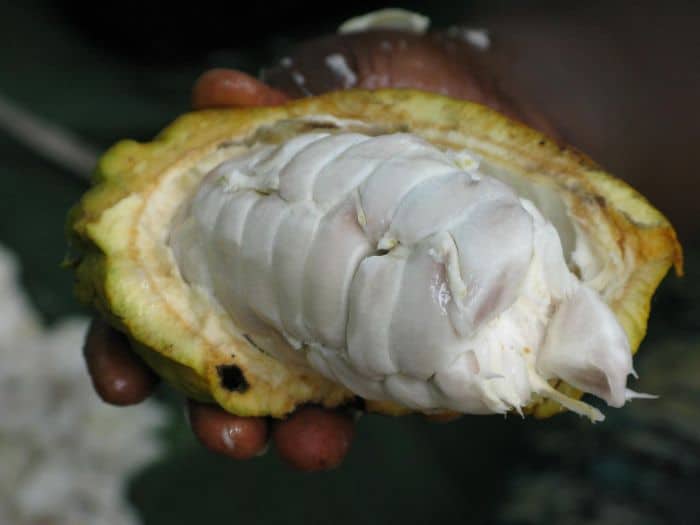
Being Omnivorous, the Golden-bellied Capuchin consumes these plant matters[¶]:
- Wild Balata (Micropholis guyanensis).
- Blolly (Guapira)
- Vilevine (philodendron on hederaceum)
- Icecreambean (Inga edulis)
- Cacao (Theobroma cacao)
- Johnnyberry (miconia)
Golden-Bellied Capuchin Facts
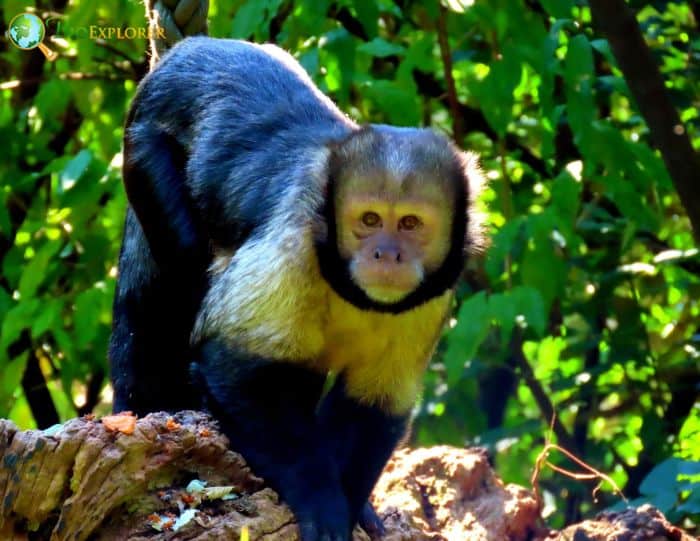
- Golden-bellied capuchins live in groups of around 3 to 30 individuals with a hierarchy that determines their social status.
- They spend much time grooming one another for socialization, with the alpha species receiving the most attention.
- Often, they engage in “urine washing” by covering themselves with their own urine to mark their territory. This scent usually travels with them.
- These monkeys communicate through short, frequent howls, similar to that of a newborn. When threatened, they emit a two-tone chirp.
- Their life expectancy is about 15 to 25 years when they live in the wild. They can live much longer in captivity, up to 50 years.
Suggested Reading: Different Species of Monkeys
Cite this page
Bio Explorer. (2025, December 31). Golden-Bellied Capuchin. https://www.bioexplorer.net/animals/mammals/monkeys/golden-bellied-capuchin/
